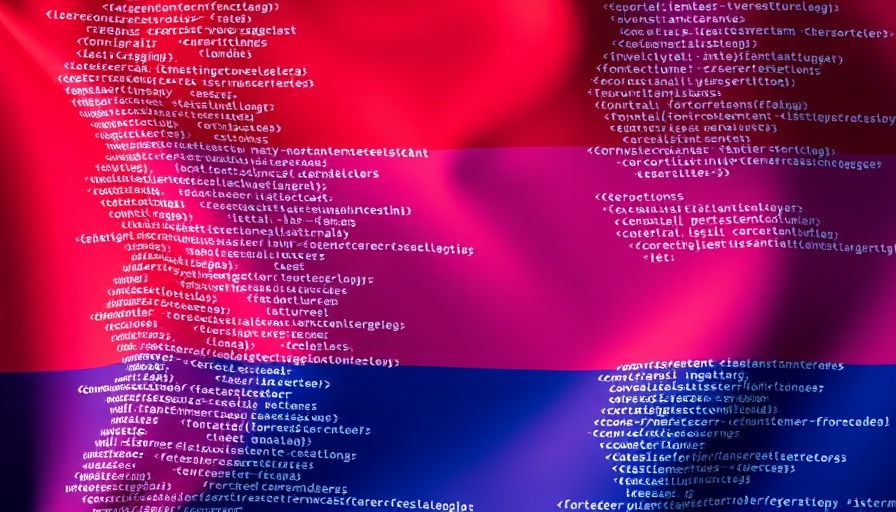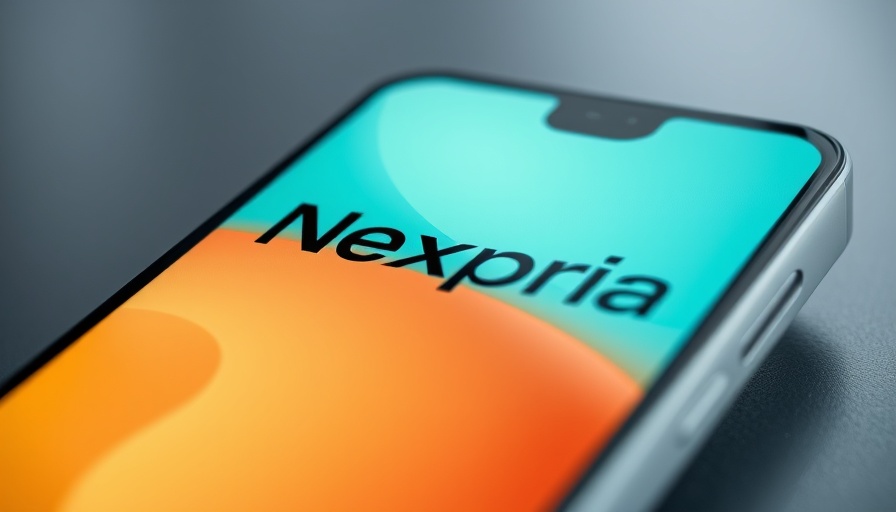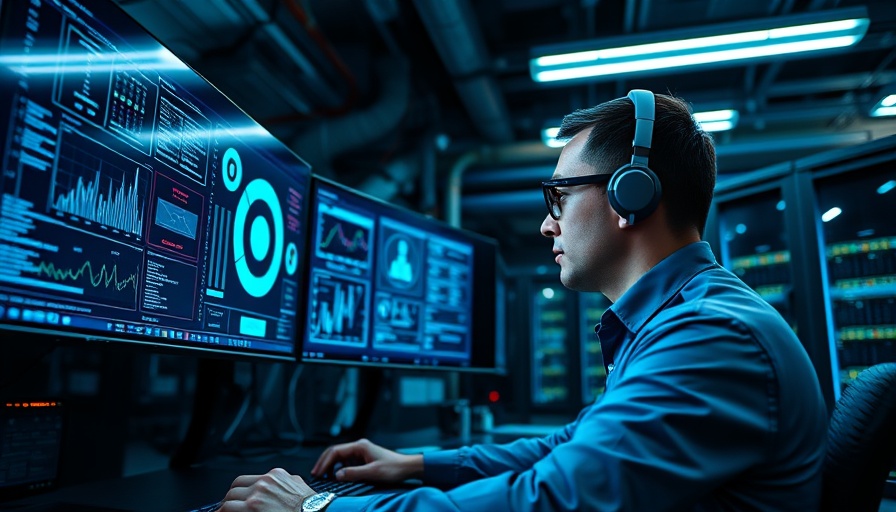
Uniting Cybersecurity for a Safer Digital Future
In a bold move towards enhancing national security, the Digital Trust Center (DTC) is set to merge with the National Cyber Security Centre (NCSC) by 2026. This merger aims to create a single, robust entity dedicated to safeguarding the digital landscape of the Netherlands, providing a unified resource for businesses ranging from freelancers to multinational corporations.
Benefits of a Centralized Cybersecurity Hub
The combined NCSC and DTC will function as one central hub, allowing companies to easily access a plethora of information, tools, and advisory services aimed at boosting digital resilience. This streamlined approach not only promotes efficiency but also ensures that all organizations have the necessary support to navigate the increasingly complex web of cyber threats.
Building Resilience Against Evolving Cyber Threats
As cyber threats become more sophisticated and pervasive, the importance of being digitally resilient cannot be overstated. This new organization will not just serve as a resource but will actively work to enhance the Netherlands' position in global cybersecurity discussions. By pooling resources and expertise, the NCSC aims to tackle the challenges presented by diverse and evolving cyber-attacks more effectively.
Historical Context of Cybersecurity in the Netherlands
Historically, cybersecurity in the Netherlands has seen various initiatives aimed at strengthening its critical infrastructure. The upcoming Cybersecurity Act, derived from the EU NIS2 Directive, further underscores the urgency of a collective approach to cybersecurity across sectors. As the NCSC and DTC come together, companies will find themselves better positioned to comply with evolving legal obligations and national standards.
Public-Private Collaboration: The Key to Success
A significant focus of this merger is on fostering synergy between public and private sectors. The Dutch government recognizes that a proactive stance on cybersecurity requires collaboration, sharing of best practices, and joint efforts to respond to threats. The merger will encourage exchanges of knowledge and resources, setting a standard of cybersecurity that will benefit all entities operating within the Netherlands.
Raising Awareness and Capabilities
This initiative not only aims to provide tools and guidelines but also emphasizes the importance of strategic partnerships and shared knowledge among businesses. By creating an extensive network of cyber experts, companies can gain vital insights into preventing potential cyber incidents. Access to expert advice through established channels like MijnNCSC and the DTC Community will be maintained, ensuring continuity in support for organizations.
As we look forward to the official merger, organizations should prepare themselves for a future where collective resilience against cyber threats is not just a goal but a necessity. With the growing sophistication of cyber threats looming large, consolidation of resources and expertise between these two organizations marks a pivotal step in ensuring a secure digital future for all.
Conclusion: A Call to Action for All Organizations
As the landscape of cybersecurity continues to evolve, staying informed and prepared is crucial. Businesses of all sizes must proactively engage with the upcoming changes and utilize the resources from the combined NCSC and DTC to enhance their cybersecurity measures. By doing so, you not only protect your organization but contribute to the broader effort of securing our national digital space against future threats.
 Rij toevoegen
Rij toevoegen






Write A Comment